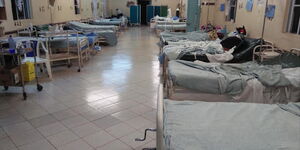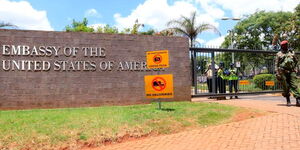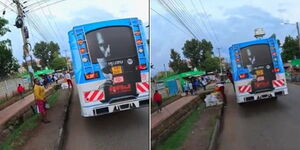The government on Saturday, January 4, 2020, announced the use of choppers as a way of combating the locusts that invaded the North-Eastern region.
Government Spokesperson Cyrus Oguna in a press conference assured that the efforts start immediately to save the situation in the arid area.
"There will be an aerial spraying team that will be spraying the areas that have been affected by the locusts.
“The spraying will start today and the aircraft will be positioned in Wajir from where all the affected counties shall be sprayed,” remarked Oguna.
Further, the spokesperson indicated that various bodies have held talks in a bid to eliminate the insects and prevent their spread to other regions.
“Ground locust support teams to monitor and create awareness to local communities have been mobilised and deployed to the affected counties.”
“These teams will, in addition, also undertake a survey and guide aerial spraying teams,” added Oguna.
According to the spokesperson, the Locusts Control of East Africa under the United Nations has conducted research on the insects since November 2018 and will start employing their findings and recommendations immediately.
The government also indicated that it has purchased all necessary items that are to be used in the exercise, starting in the affected counties that include Mandera, Wajir and Marsabit.
“We wish to assure that the chemicals that will be used have been tested and authorised for locust control hence not harmful if used according to their guidelines,” added Oguna.
According to the Food and Agriculture Organisation FAO, a swarm of deadly locusts may contain up to 150 million locusts per square kilometre and can migrate up to about 130 kilometres in a day.
FAO also estimates that 500,000 of these insects can weigh approximately one tonne, consuming on as much as 10 elephants or 25 camels or 2,500 people.












